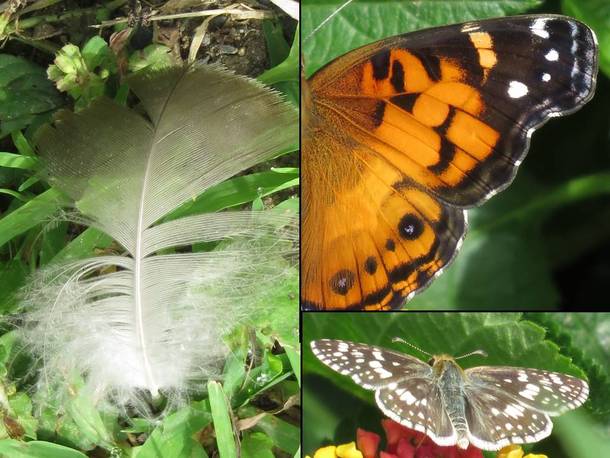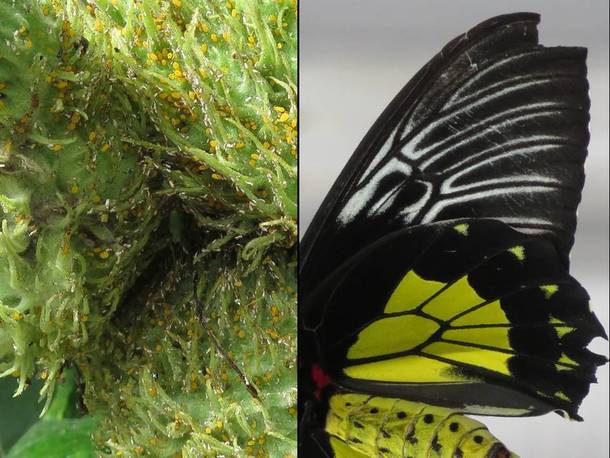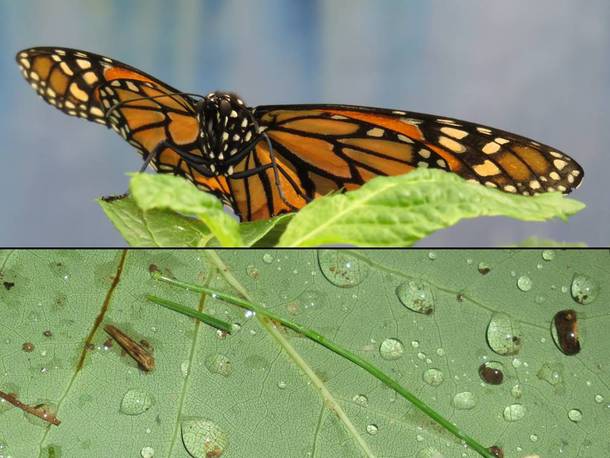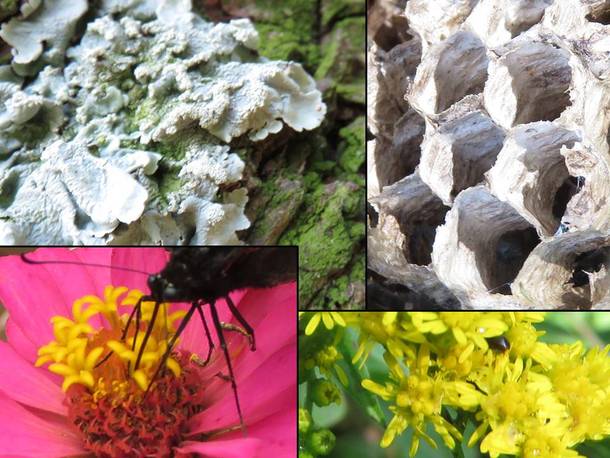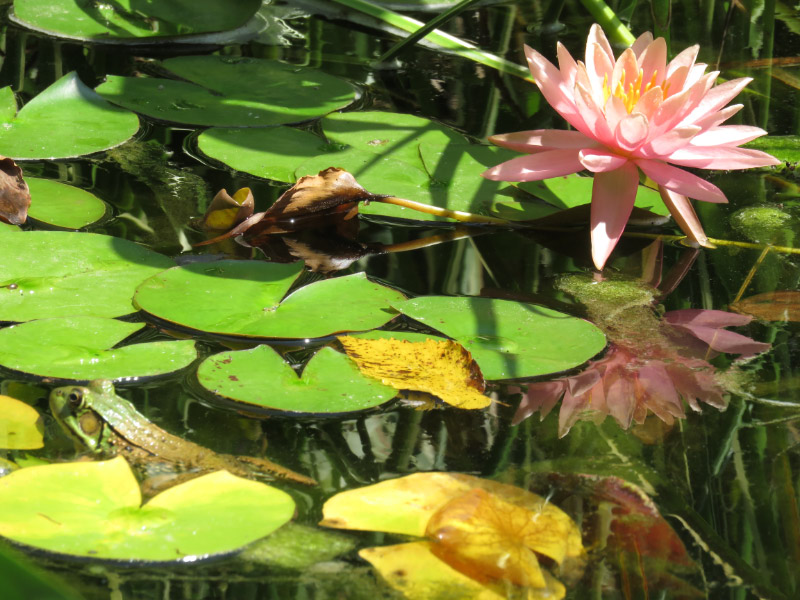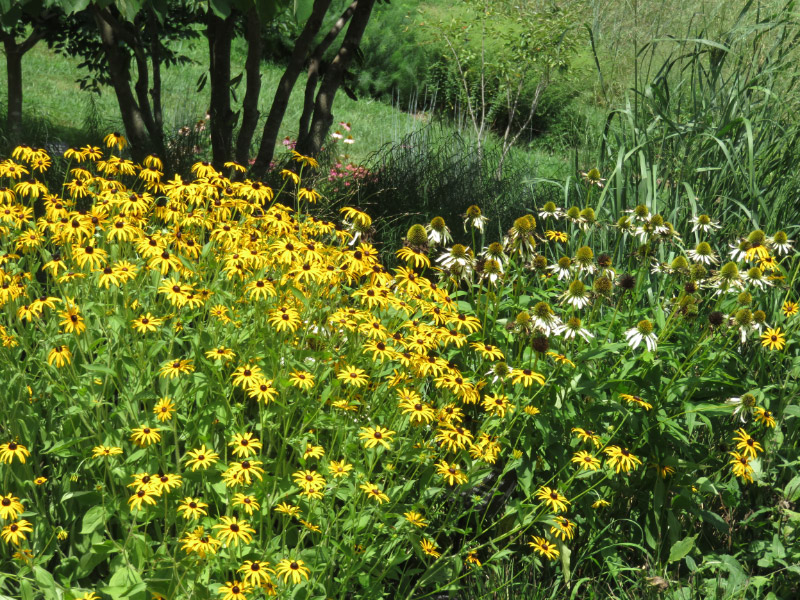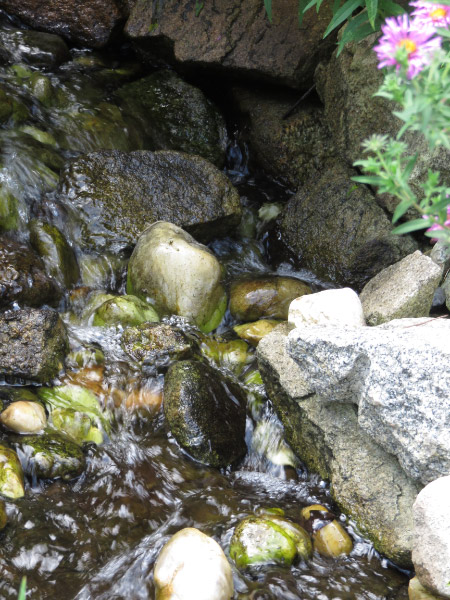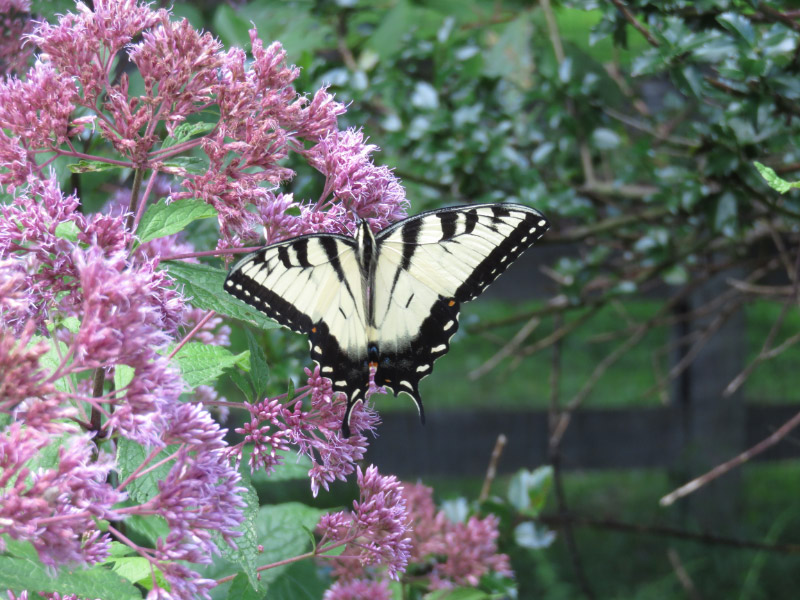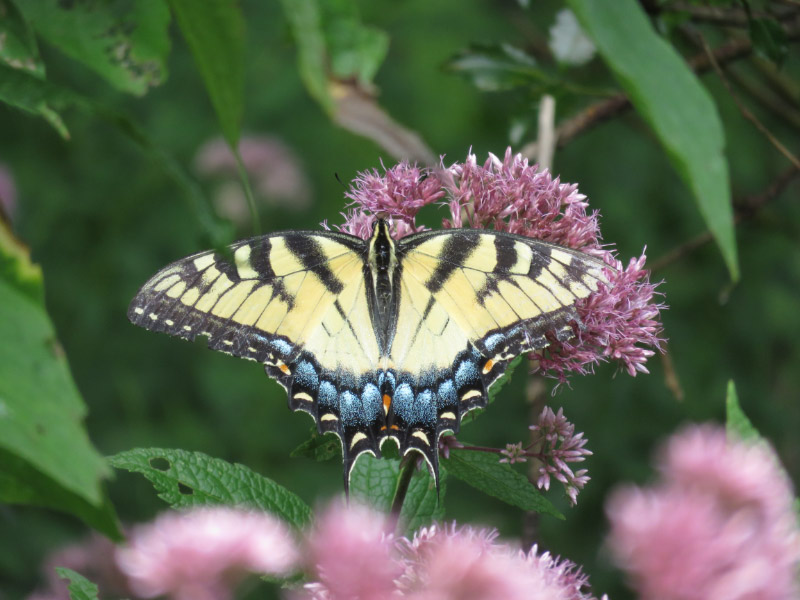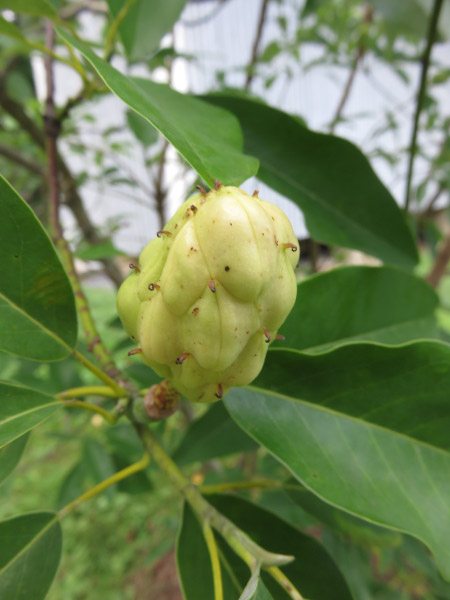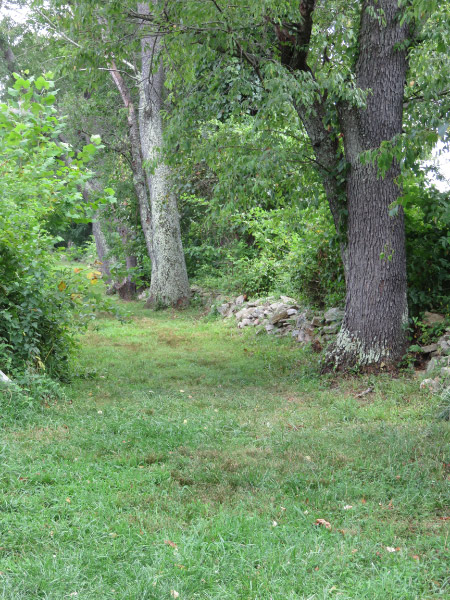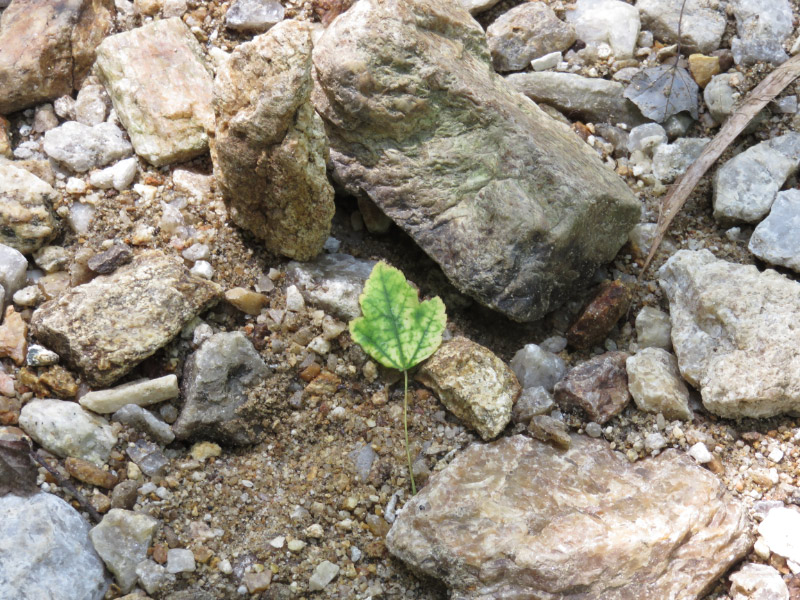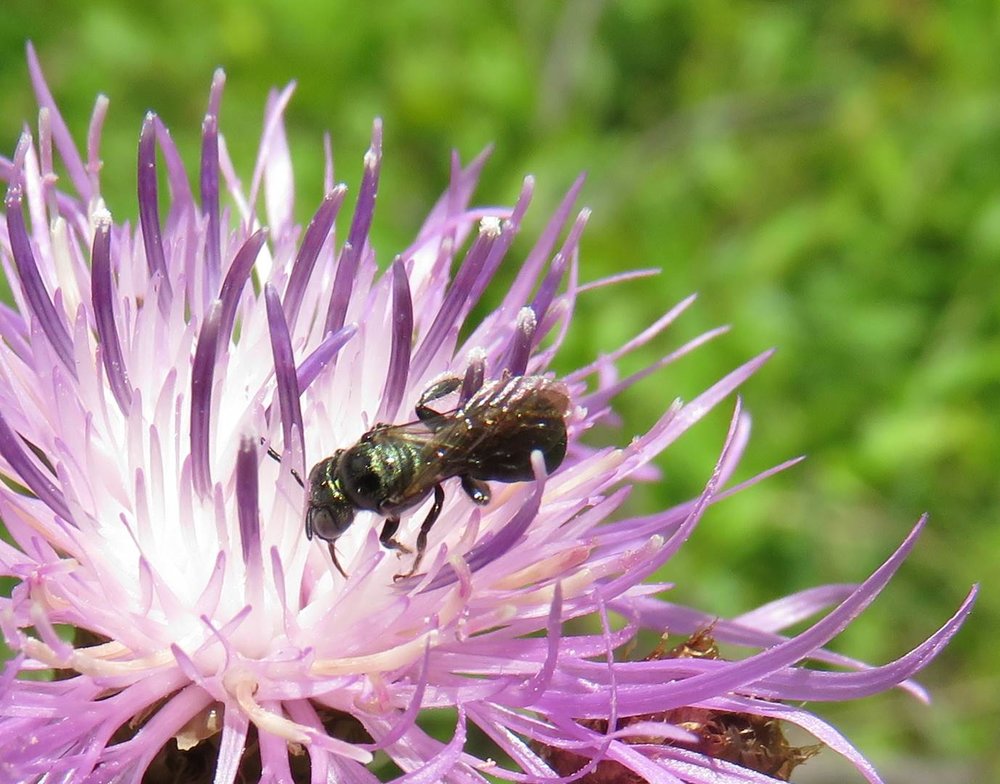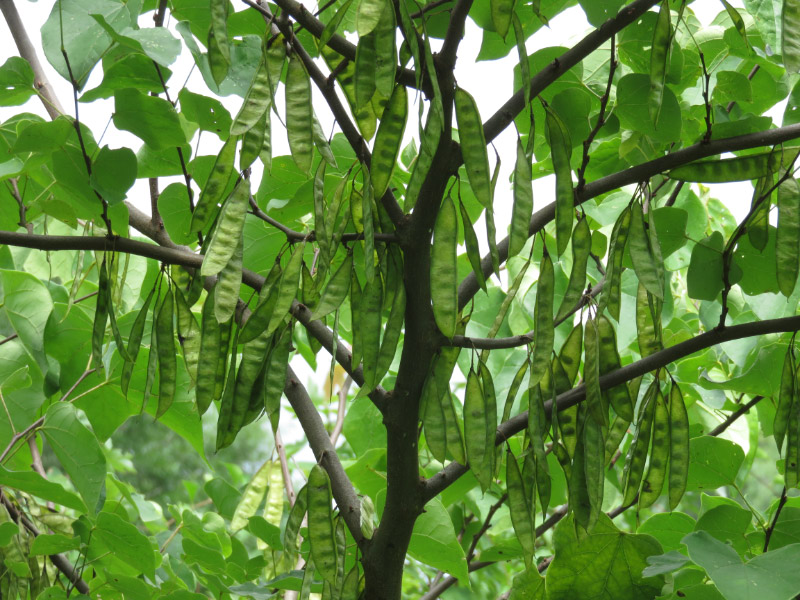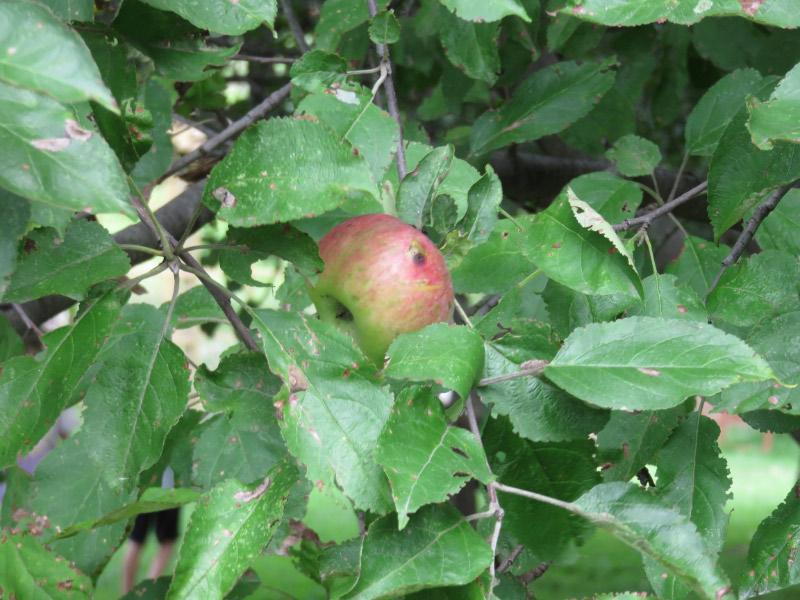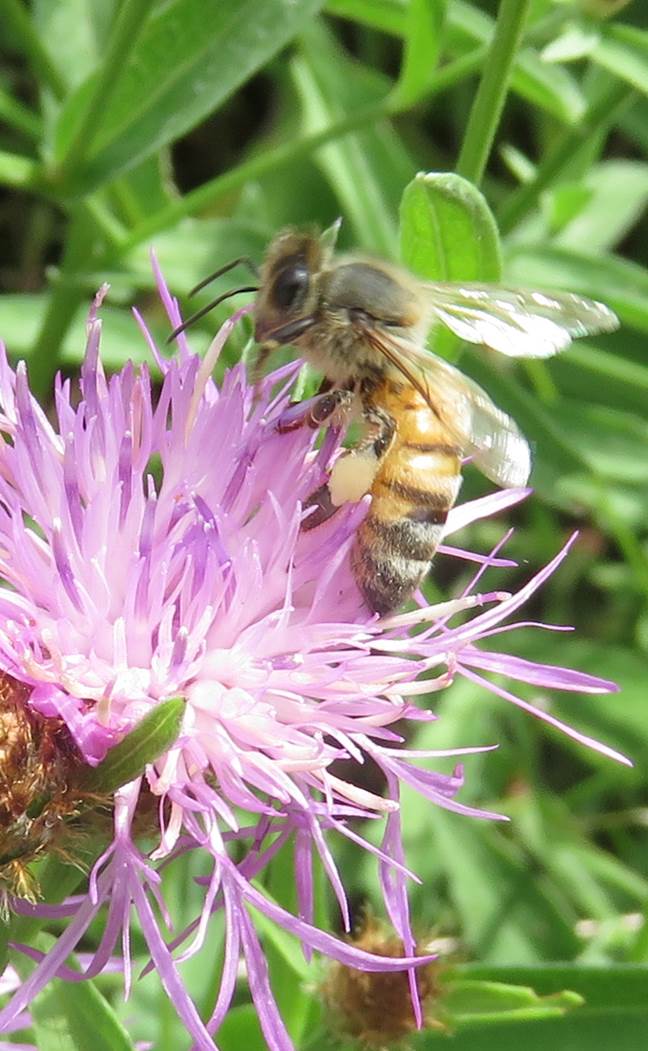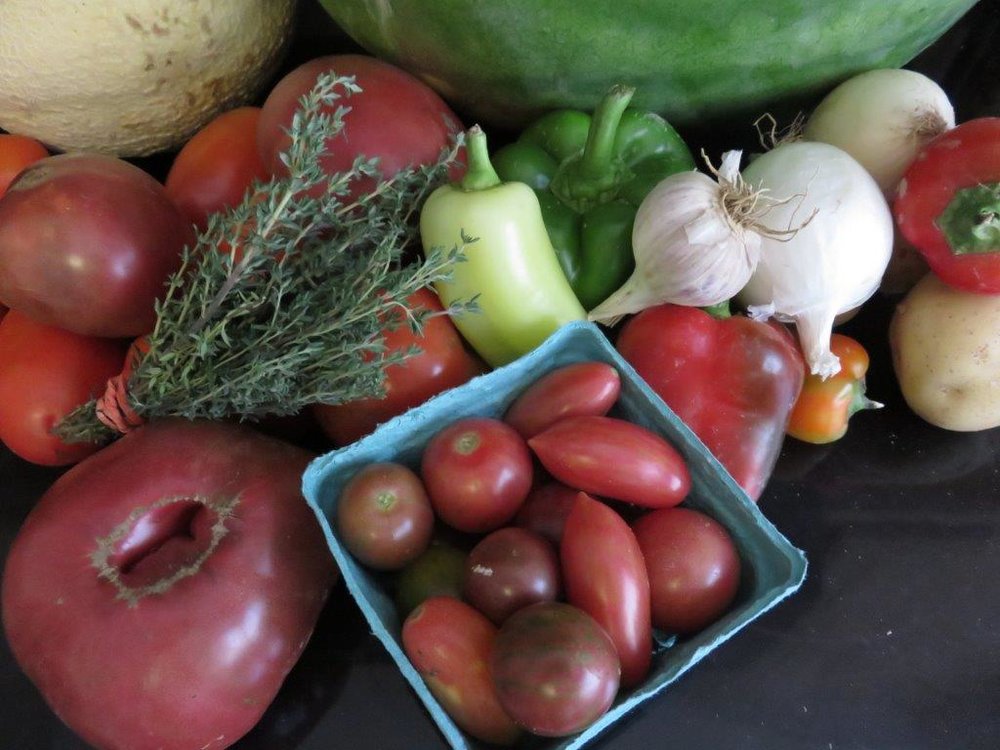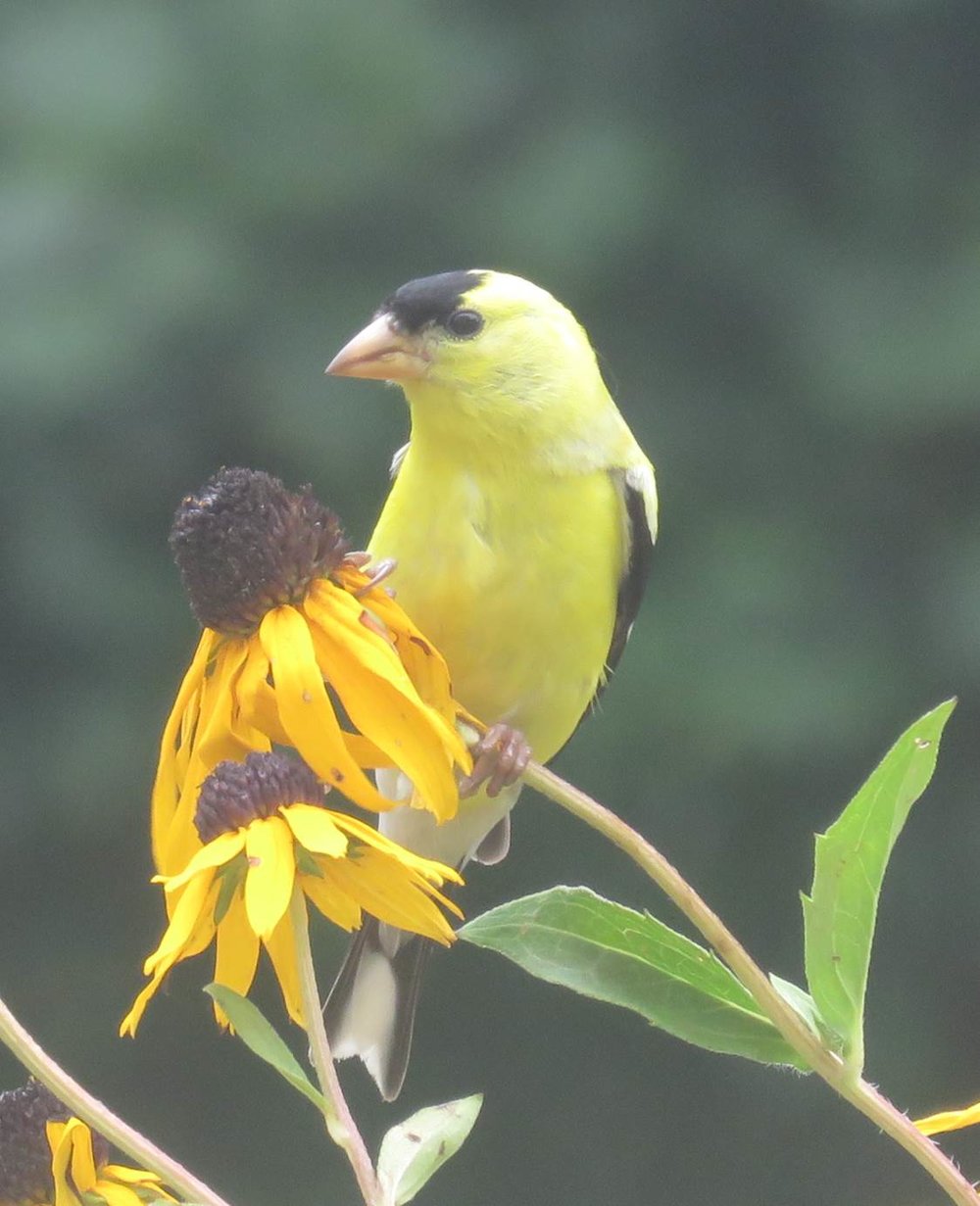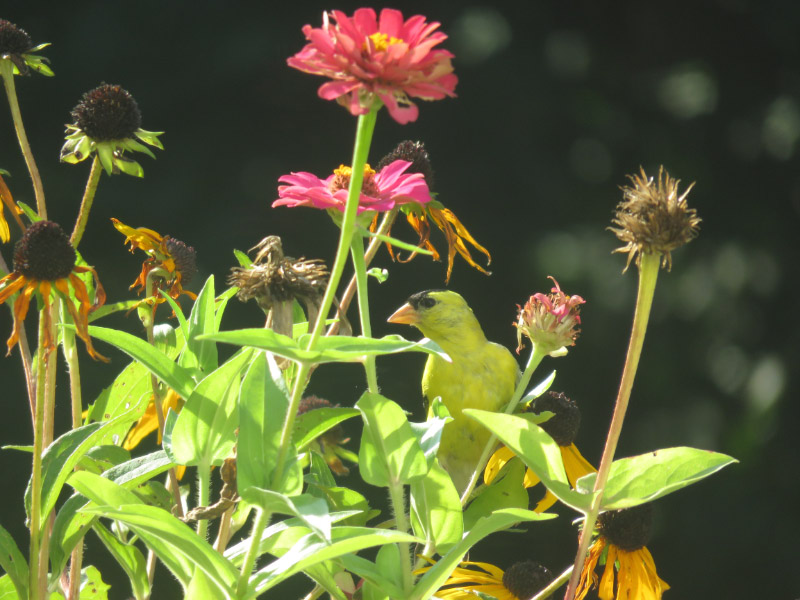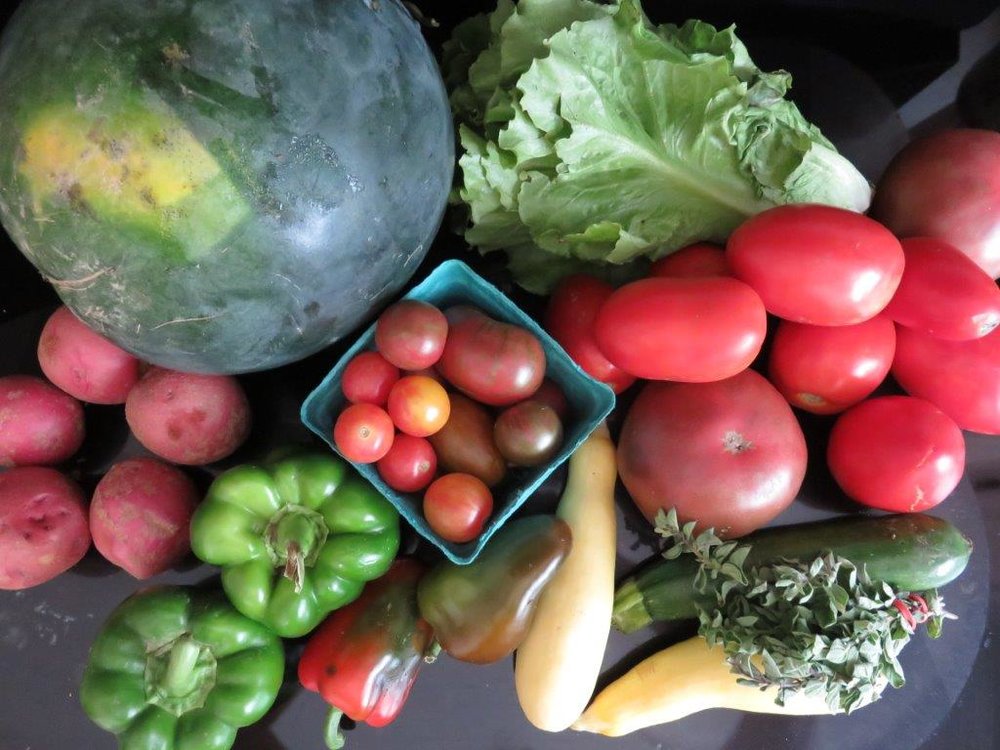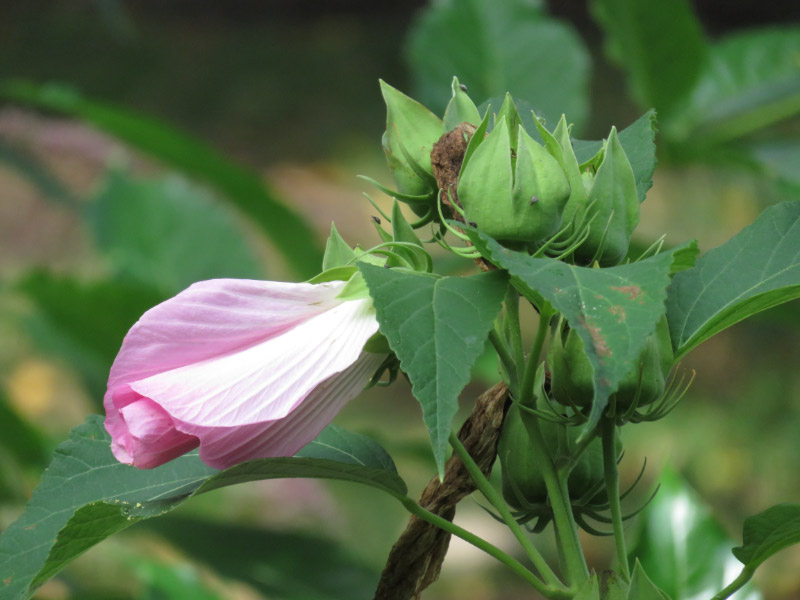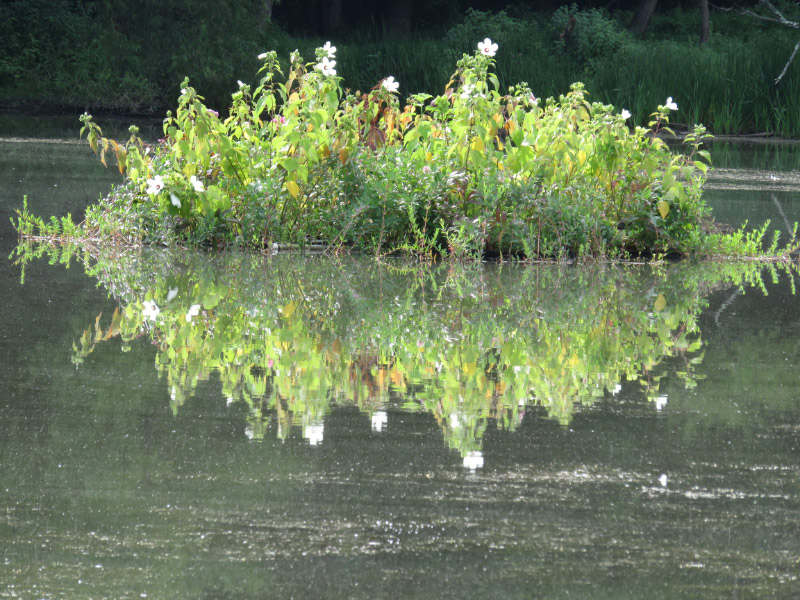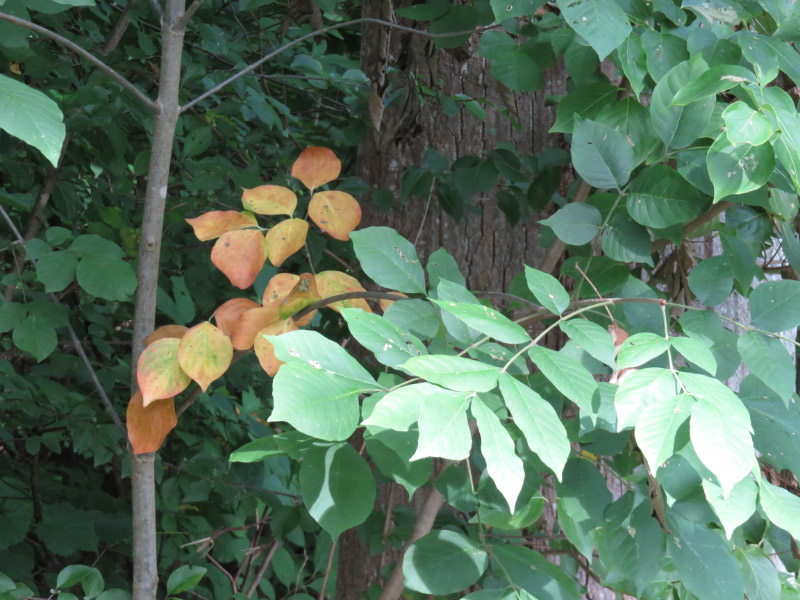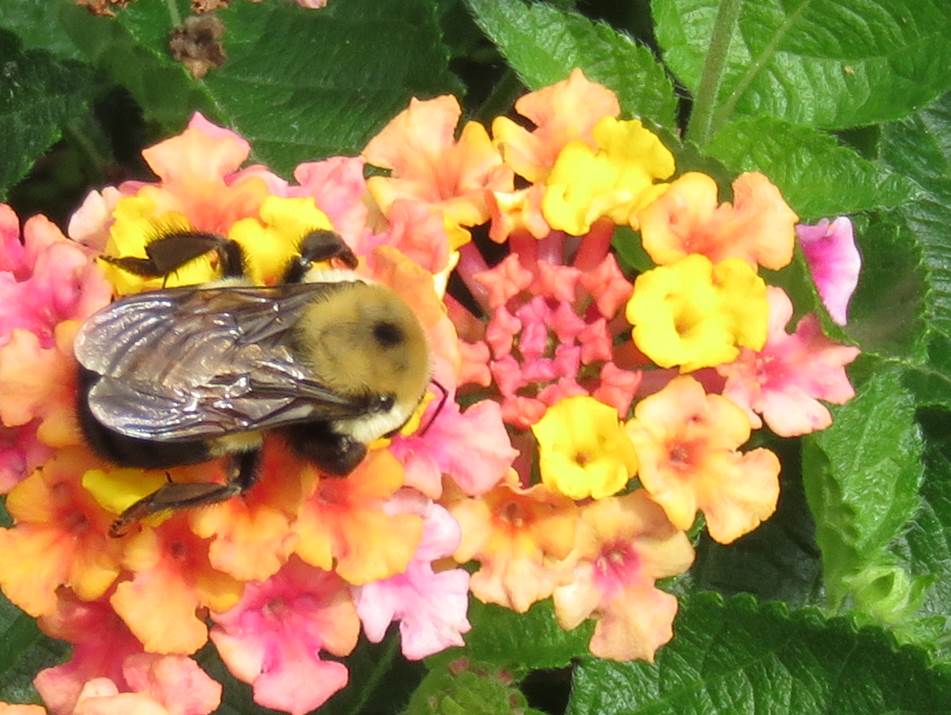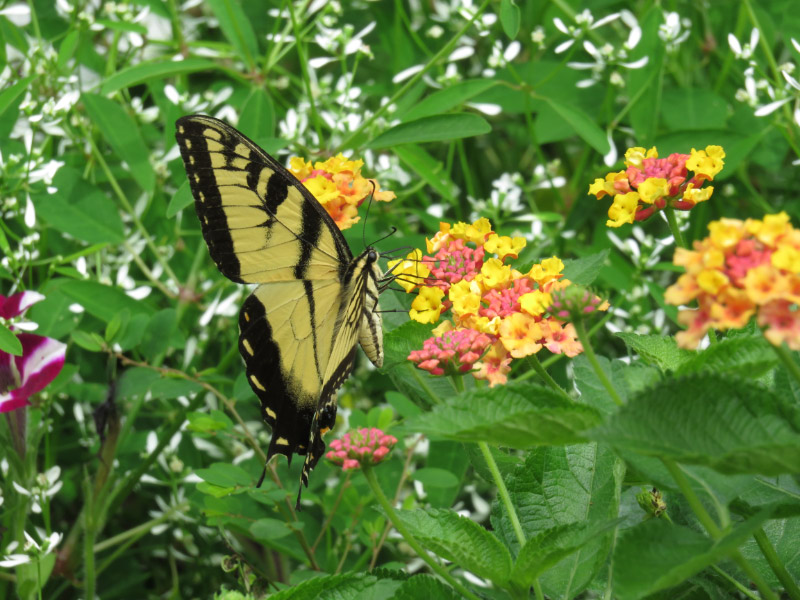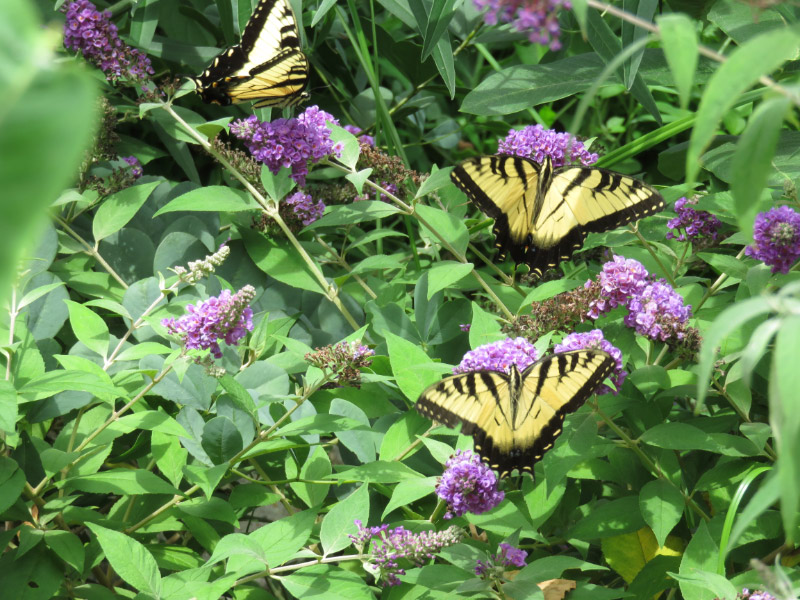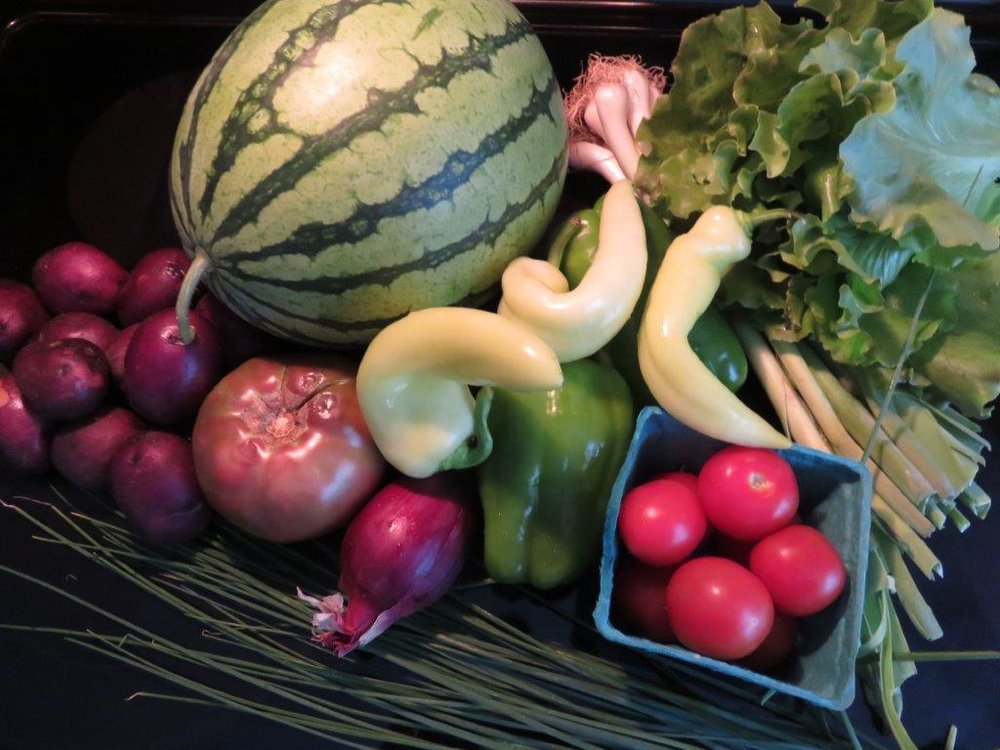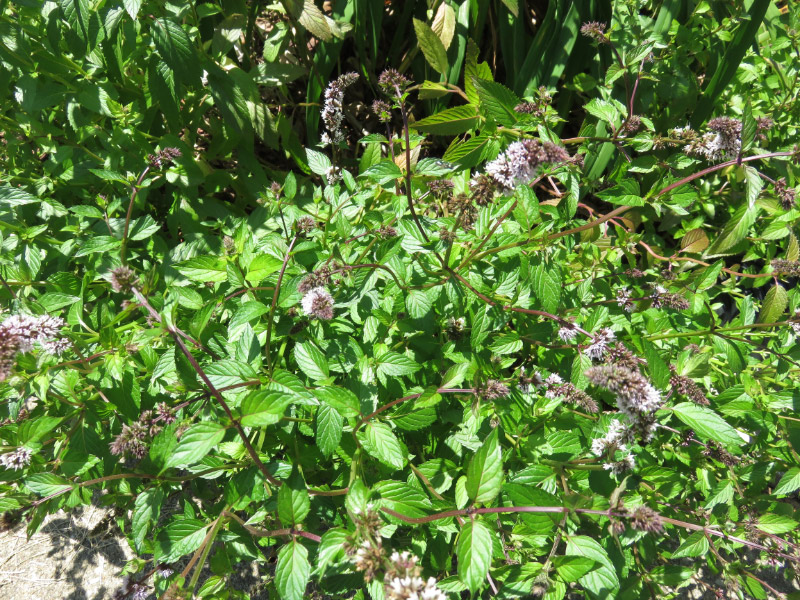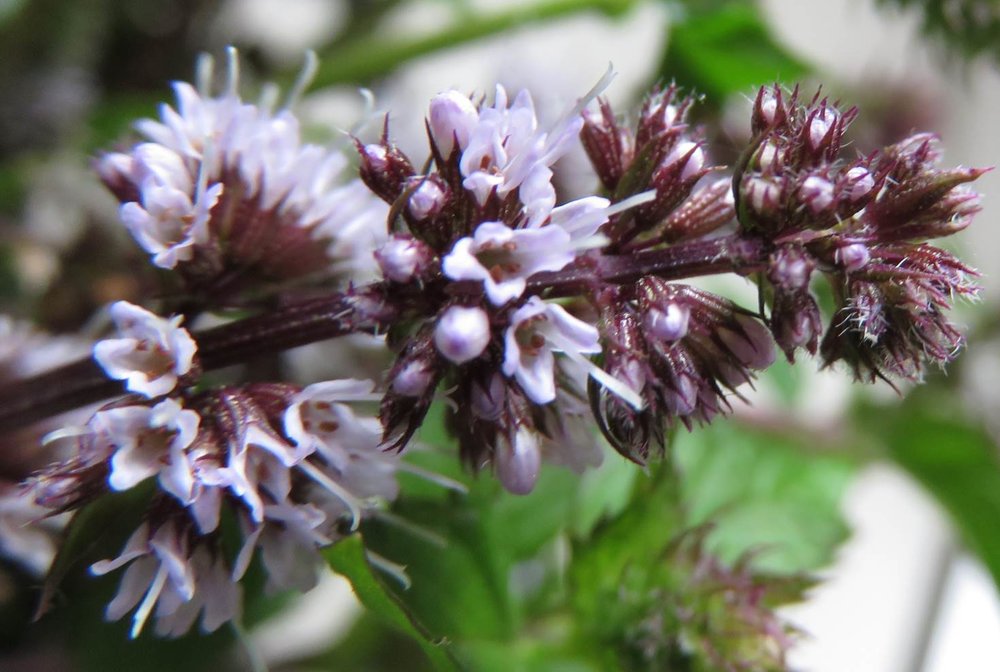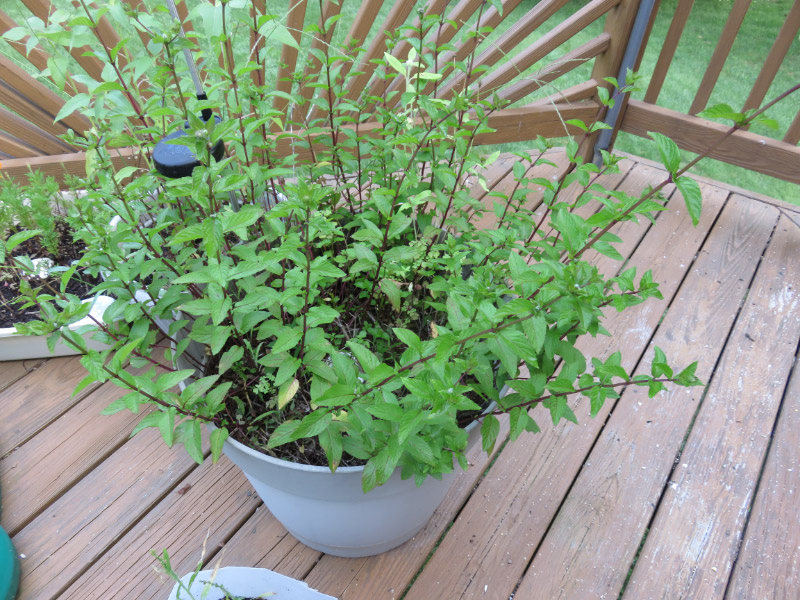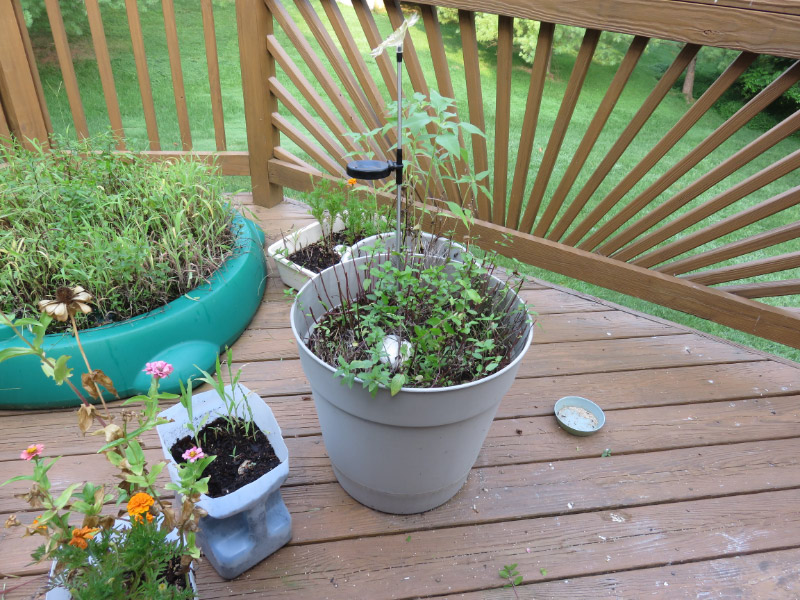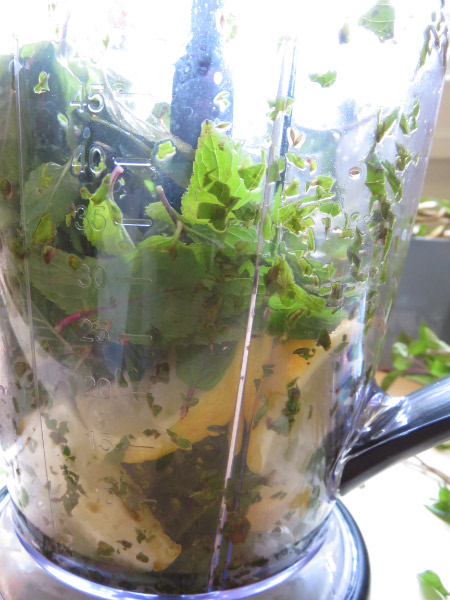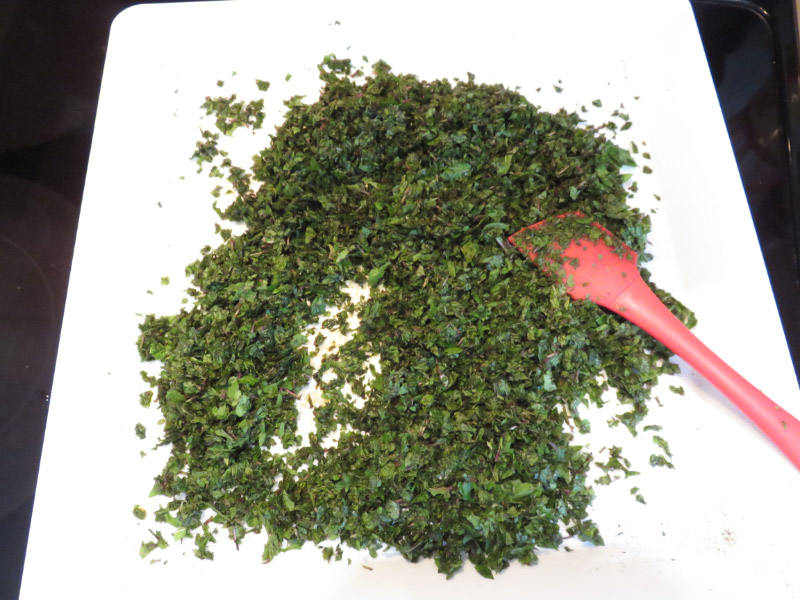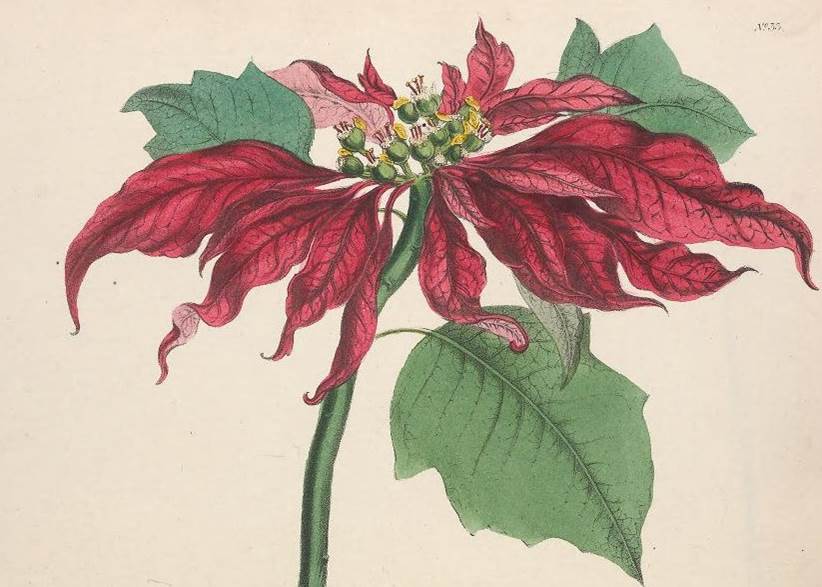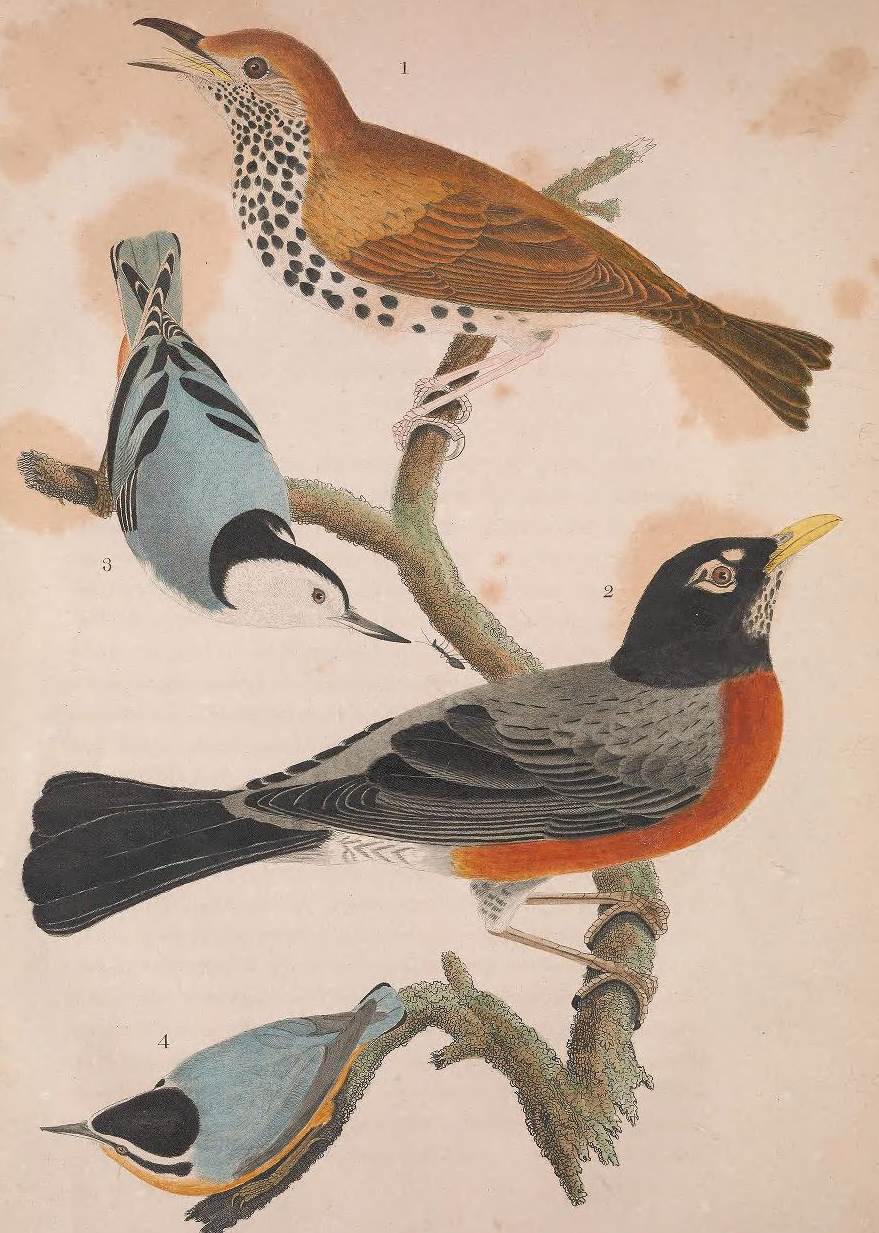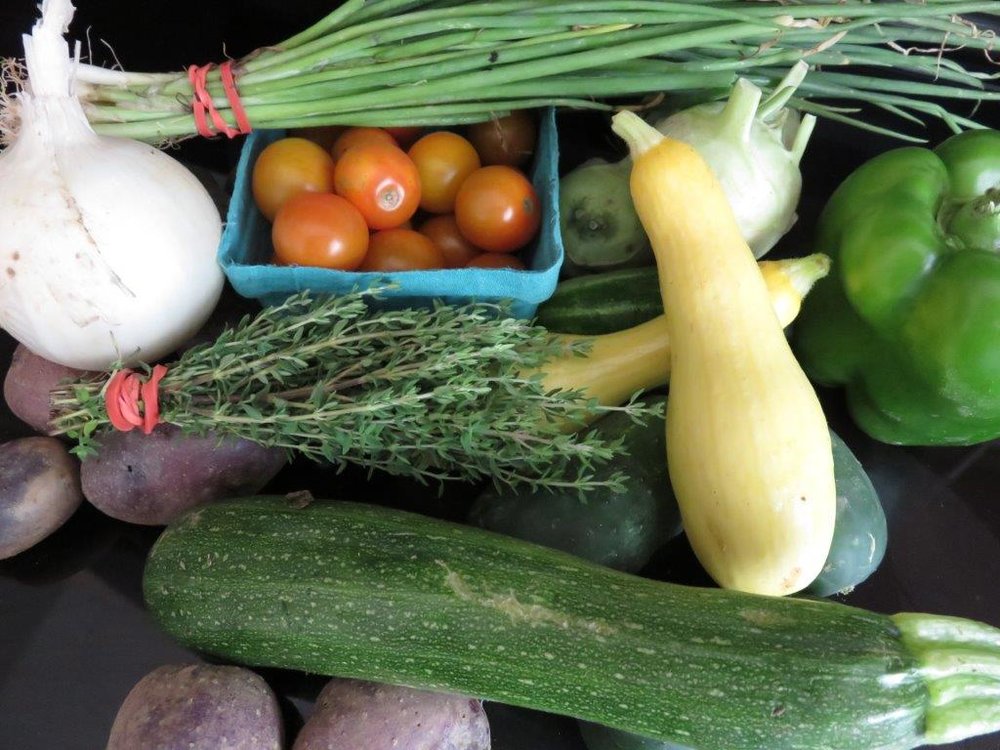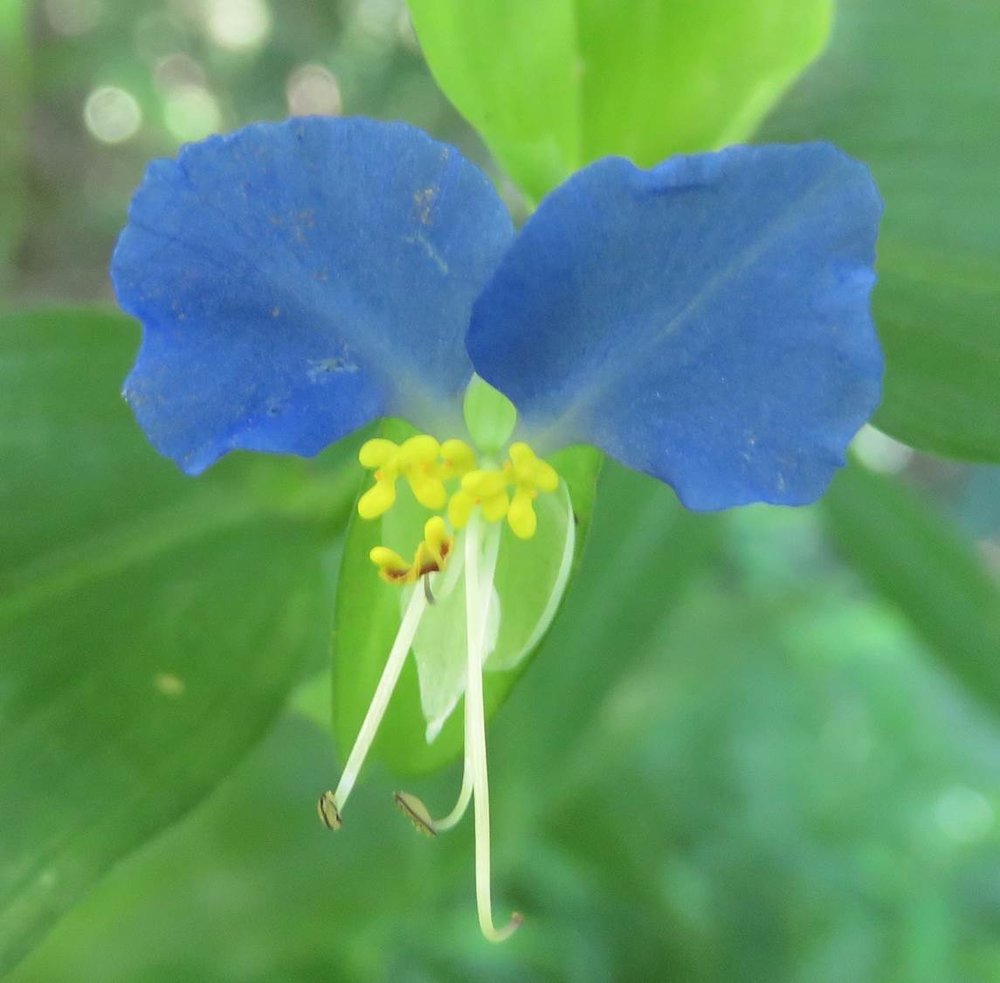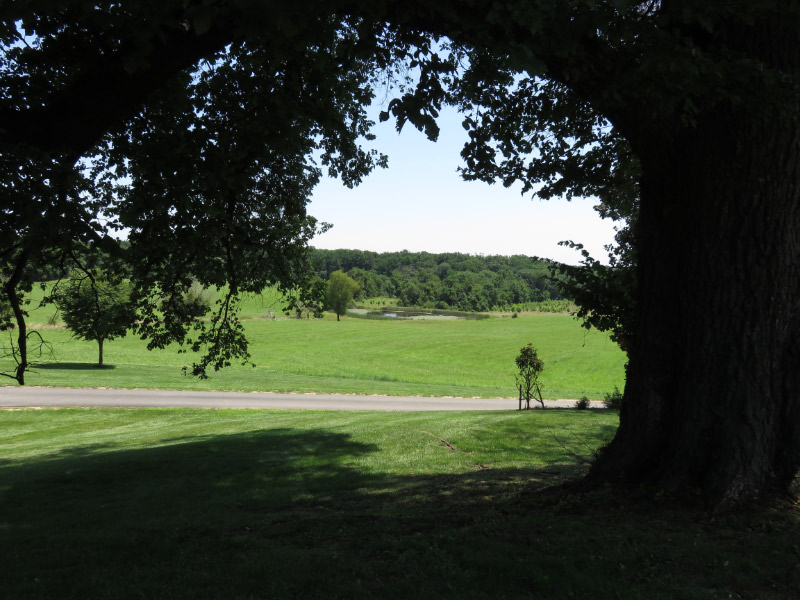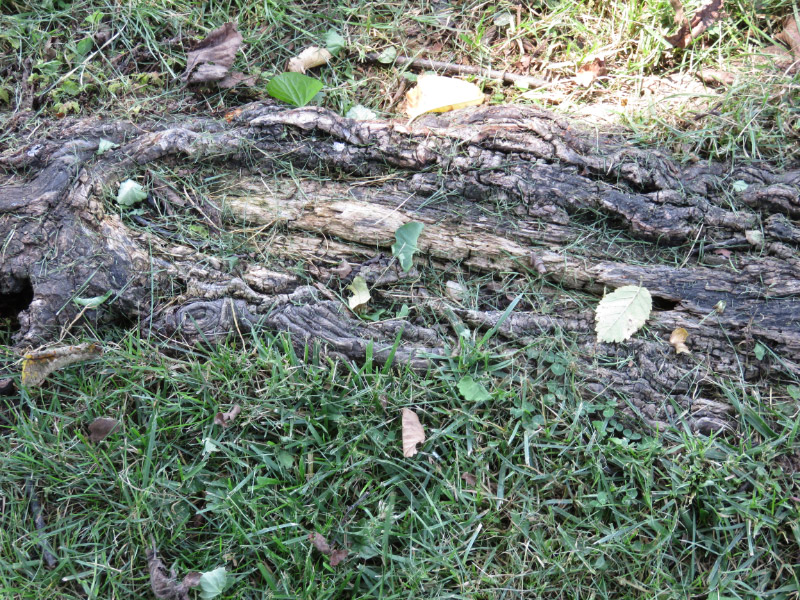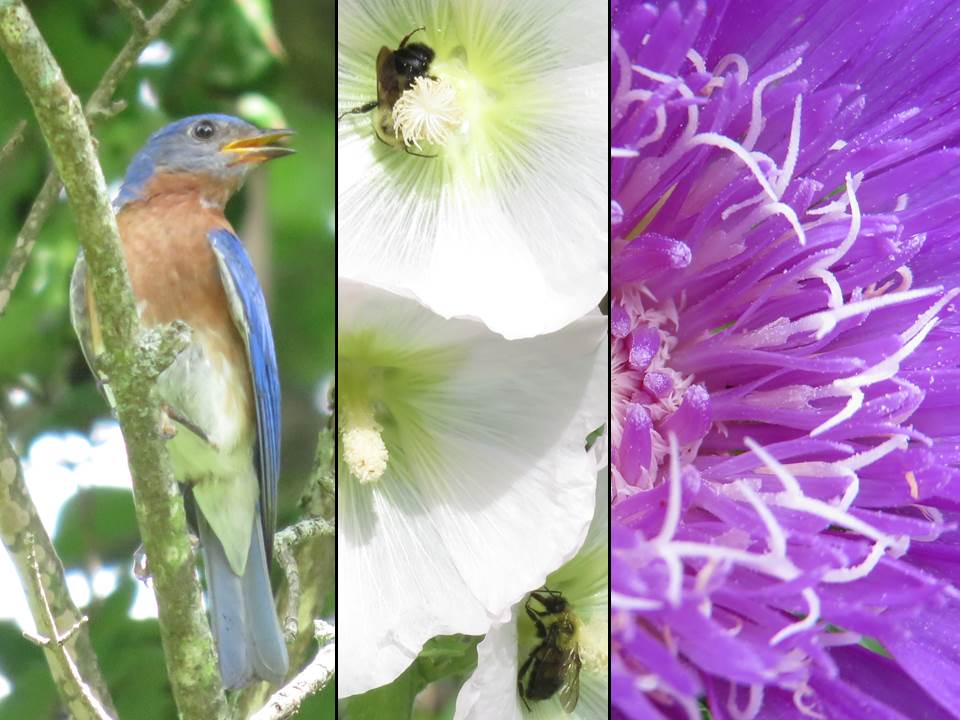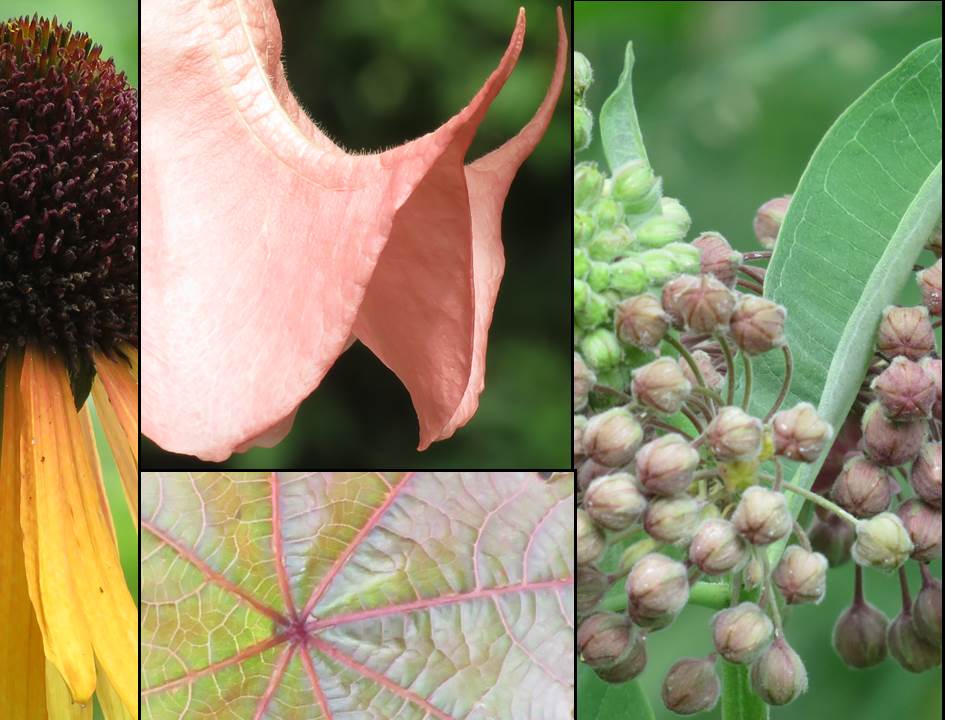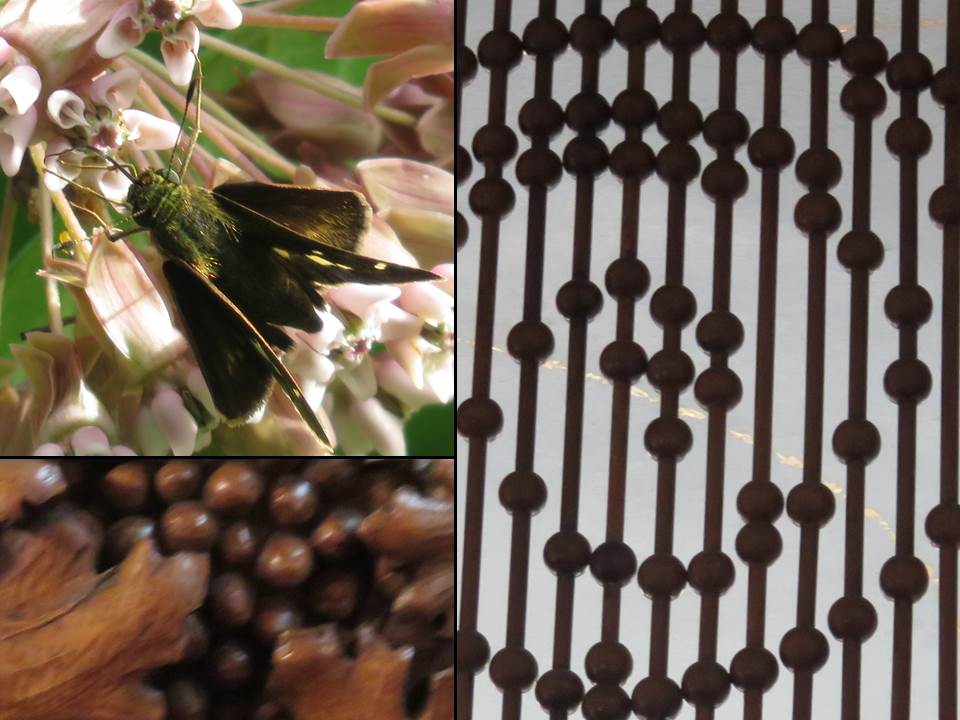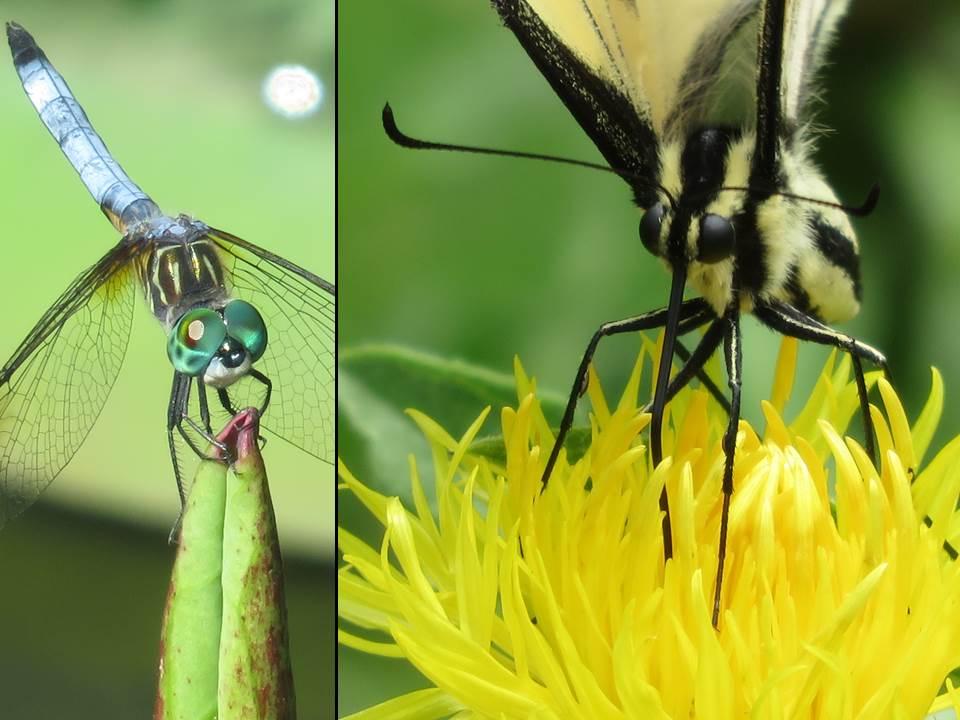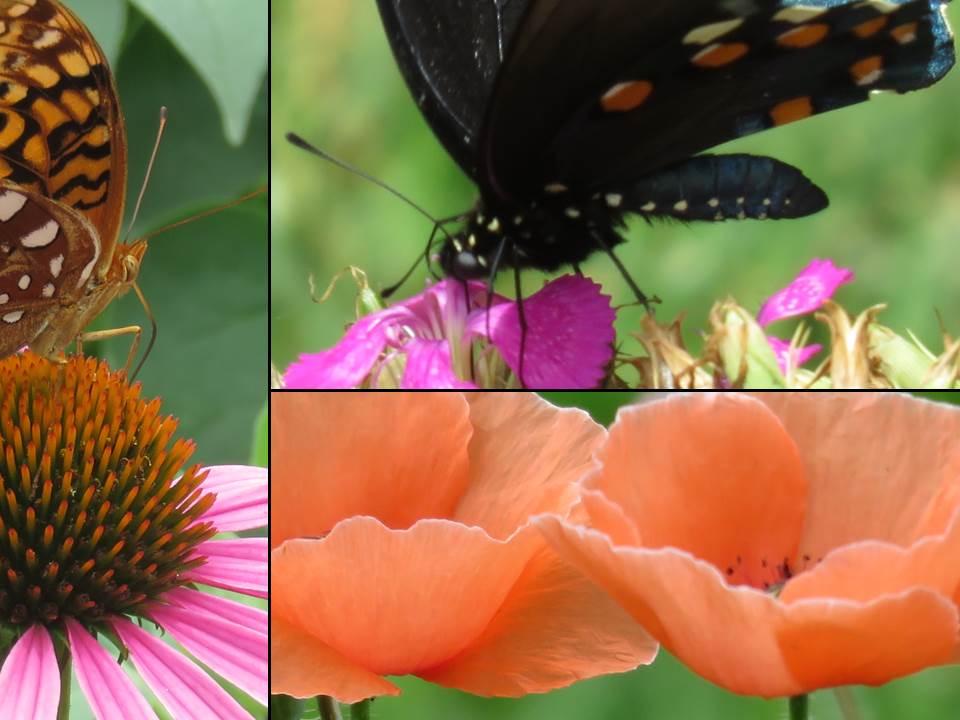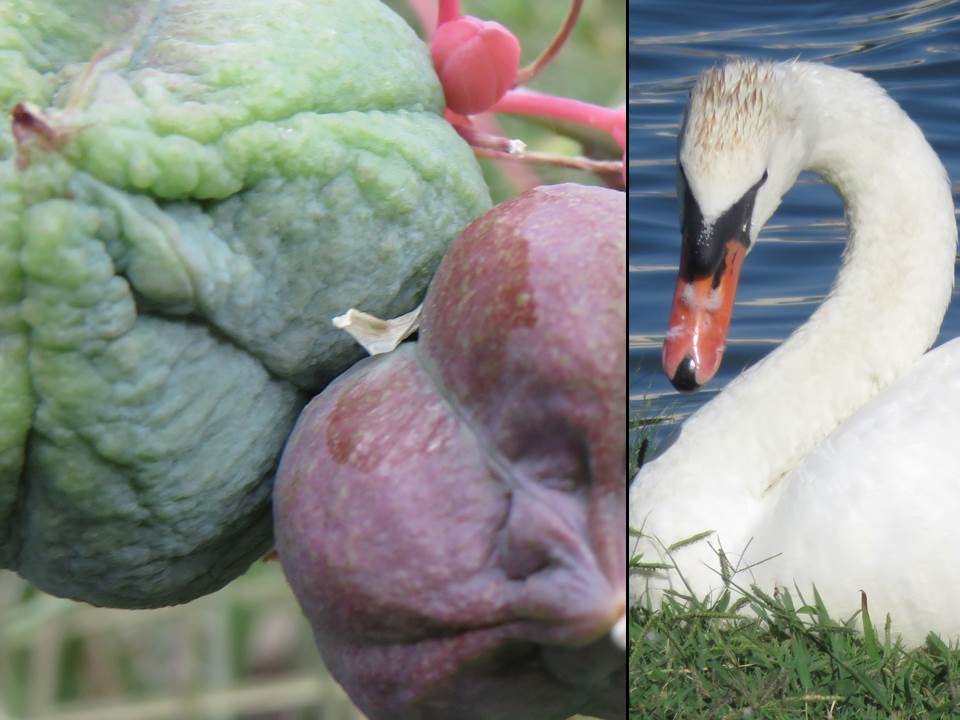Yesterday I lead a Nature Photograph Introduction for summer campers at Belmont Manor and Historic Park. It was an exciting and gratifying volunteer gig - exceeding my expectations in just about every way. I worked with 5-8 year olds in the morning and 9-12 year olds in the afternoon. The campers became so engaged in taking photographs that they were surprised when it was time to stop! And they took some excellent pictures.
I used 8 pictures to introduce nature photography before we hiked into the forest - tailoring the discussion a little for the age group but both groups had a lot to say about each image and used some of the ideas in their photographs during our hike. I’m including the ‘priming’ images in this post and a few notes about how I talked about them.
Image 1: What story does this picture tell? Concepts: leading line (path), foreground/background, person for scale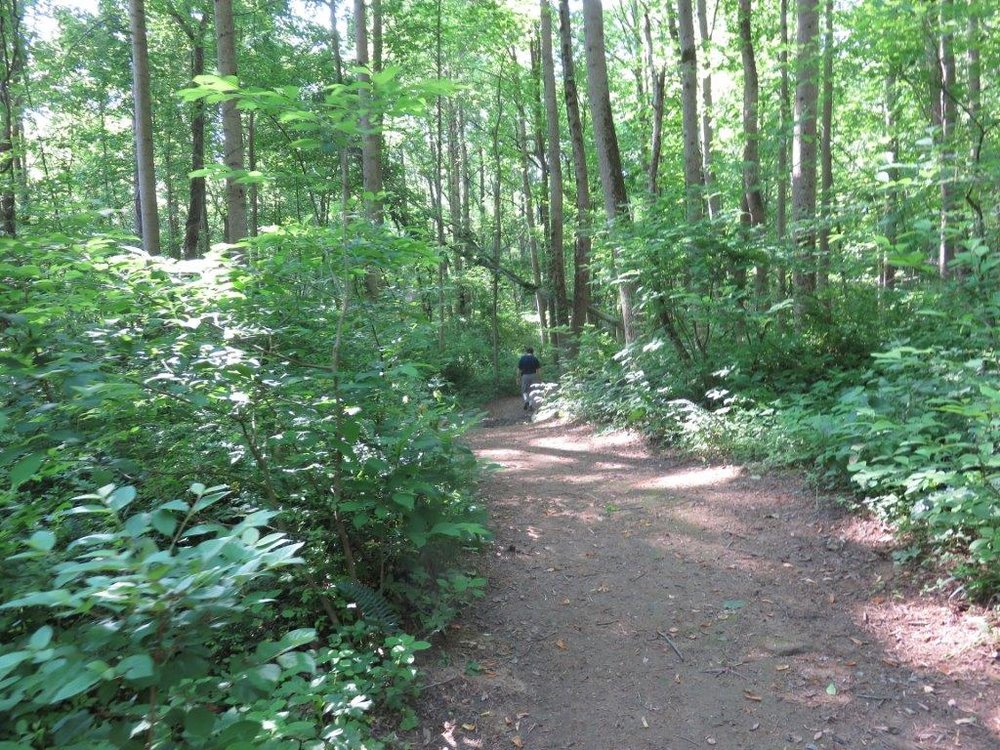
Image 2: How was this picture taken? (Remember you don’t have to always point the camera straight ahead or down!). Concepts: bright spots, attention to light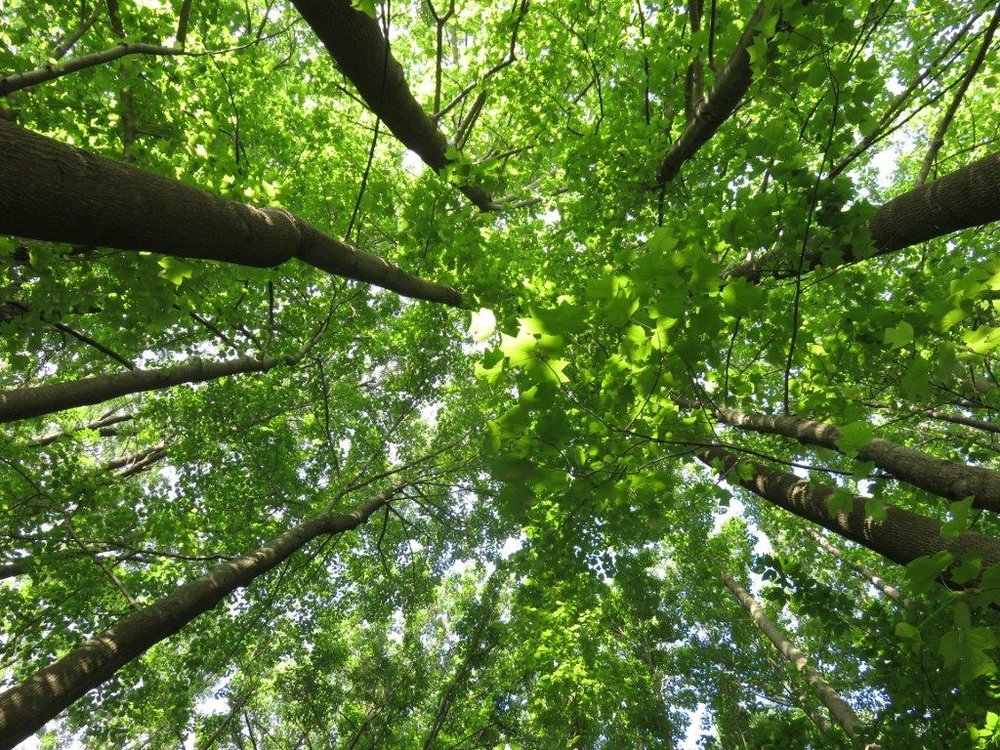
Image 3: What is this? (birds nest fungus) Concepts: scale…approaching macro photography…get as close as your camera will focus, different stages of fungus development in the same image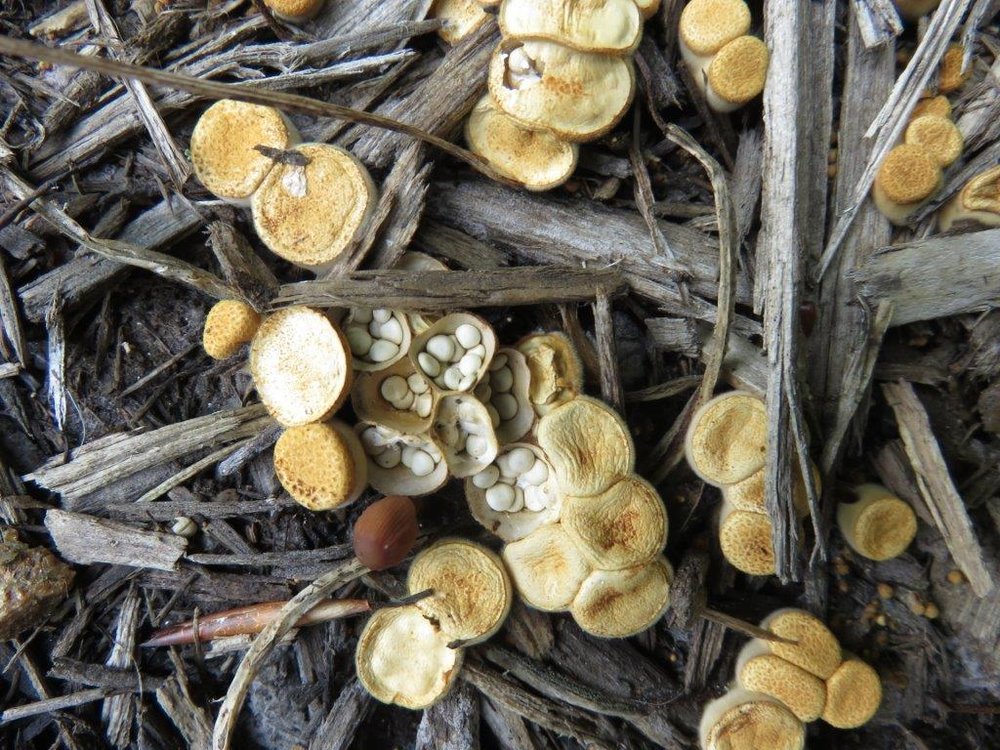
Image 4: What is it? (blue bird) Concepts: zooming, introduce possibility of cropping (older group)
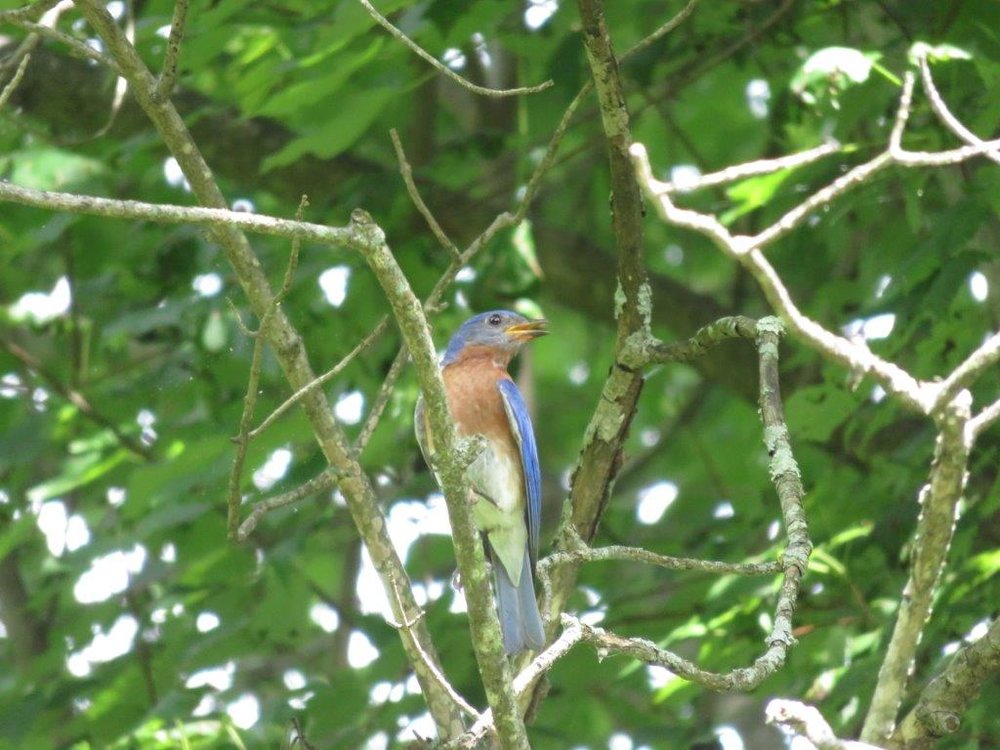
Image 5: What is the butterfly doing? Concepts: photograph butterflies when they are still (eating or drinking), zooming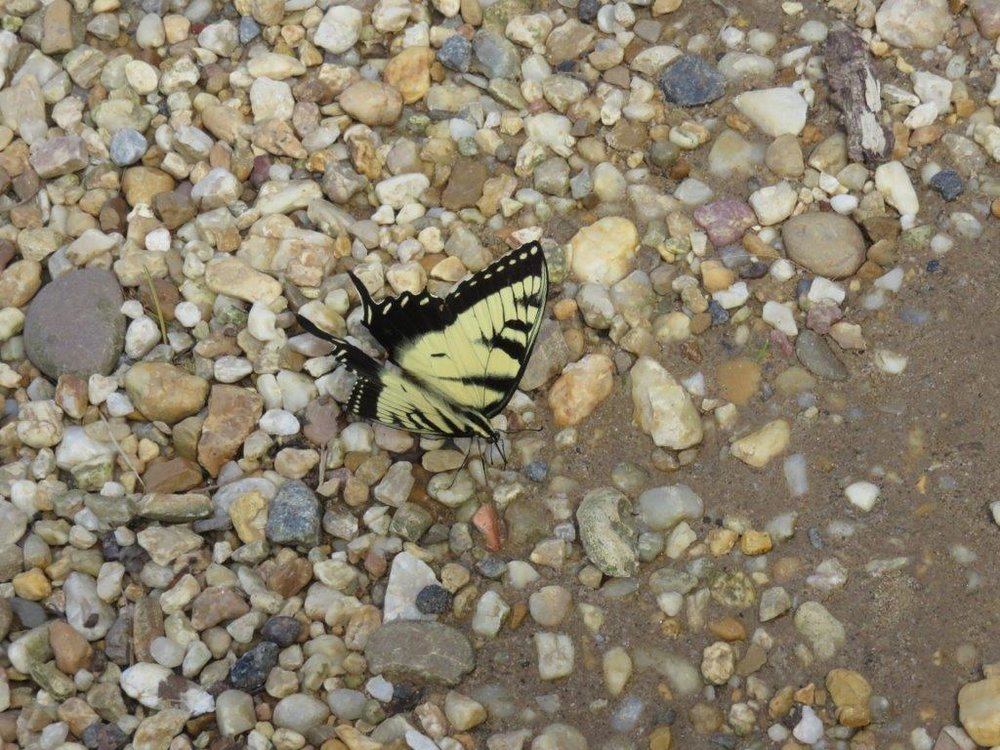
Image 6: What is it? (blue jay feather) Concepts: photographing things you shouldn’t pick up, get as close as your camera will focus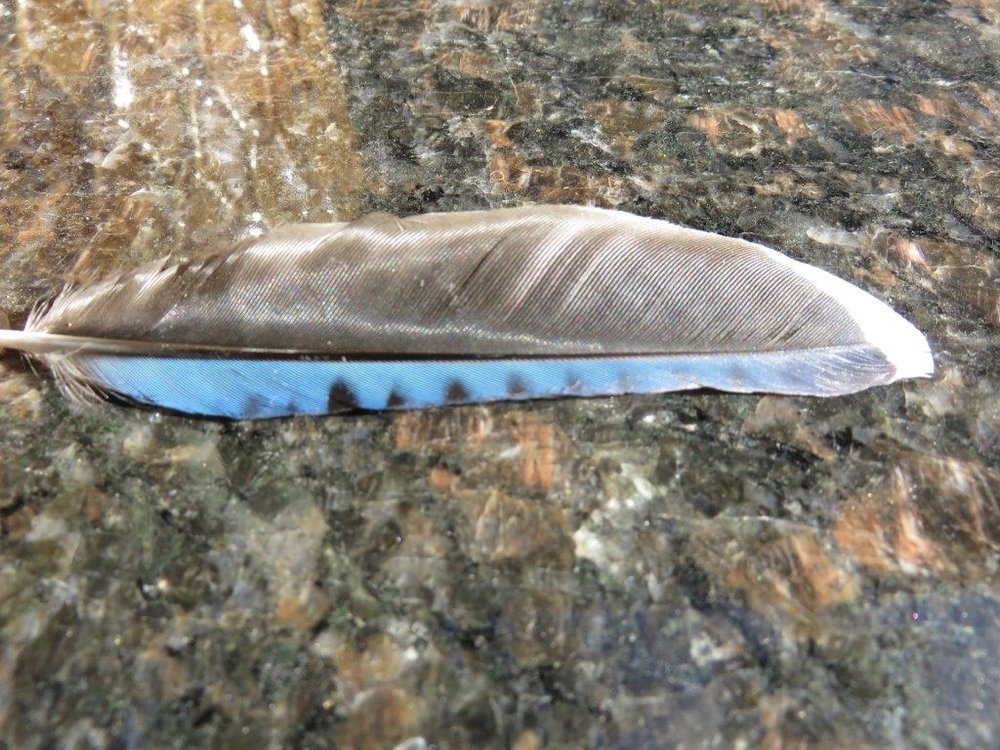
Image 7: What is it? (mouse ears) Concepts: get as close as you can, if you want to identify the flower later - take pictures from several perspectives and at least one that includes the entire plant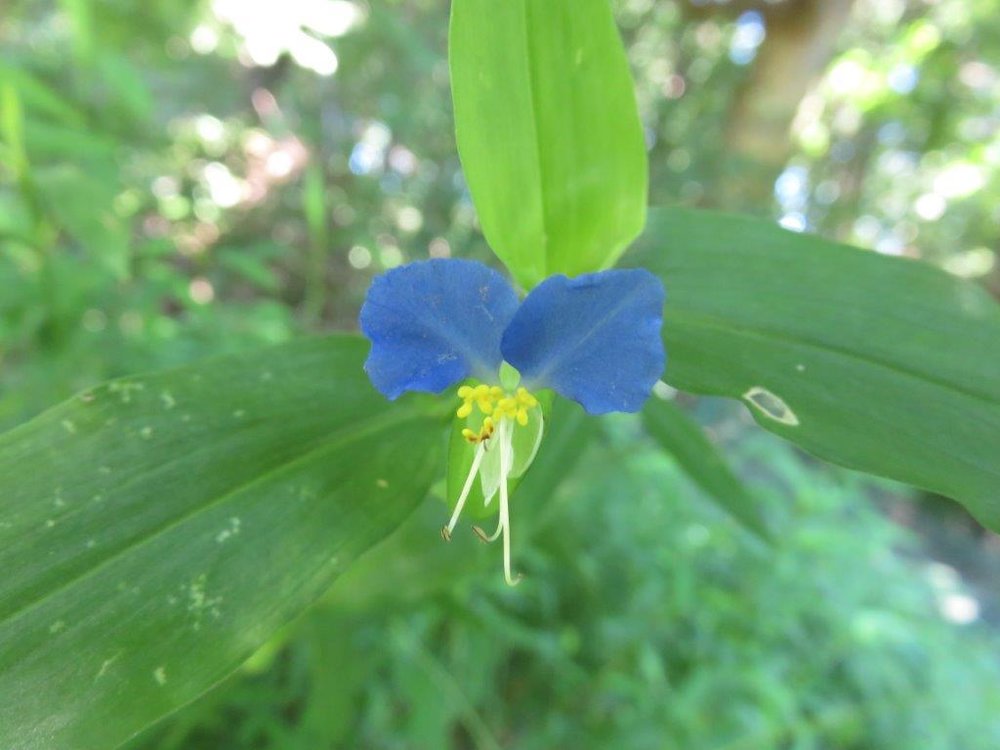
Image 8: Let’s review some concepts - light (some overload)…leading line…hints of color
Then we reviewed how to hold the camera (strap around the wrist at all times), how to turn it on and take a picture, and how to zoom…..how to hold the camera while we were walking (turned off, camera in hand, strap around wrist).
And then we were hiking and finding a lot of the natural environment to photograph!
 I planted a spicebush seedling at the edge of our forest last spring and discovered there were more growing under the trees nearby - big enough that their top branches are out of the reach of deer. In our forest even the plants normally unpalatable to deer get browsed in the winter. My little one has a protective fence around it and the sassafras seedling I planted at the same time.
I planted a spicebush seedling at the edge of our forest last spring and discovered there were more growing under the trees nearby - big enough that their top branches are out of the reach of deer. In our forest even the plants normally unpalatable to deer get browsed in the winter. My little one has a protective fence around it and the sassafras seedling I planted at the same time.



